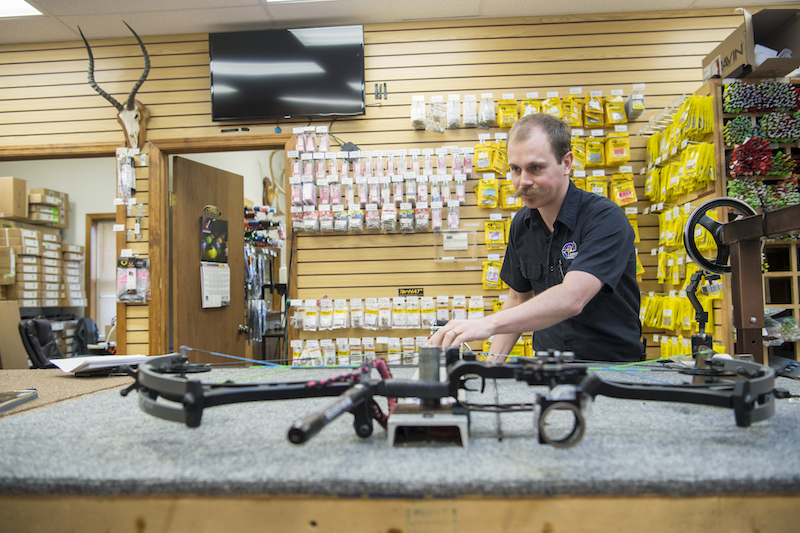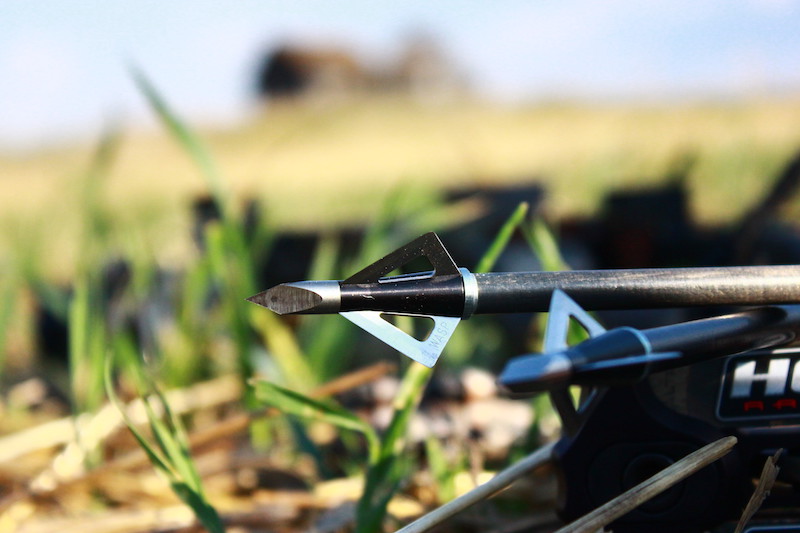Millions of Americans bowhunt, and if you’re not one of them, you’re missing out. Bowhunting fills freezers with delicious meat and extends hunting seasons.
You’ll also spend more time watching wildlife because ethical bowhunting shots require close encounters. Treestand sits often include deer, coyotes, squirrels and other wildlife sightings.
If you’re interested in bowhunting, act now. Most bowhunting seasons don’t begin until fall, which gives you spring and summer to prepare. It’s never too early to start. Whether you’re a beginner or veteran bowhunter, this to-do list will help you hit your mark.
A great way to learn bowhunting basics is through a course designed by experts. In fact, 11 states require bowhunters to earn certification through the International Bowhunter Education Program: Alaska, Idaho, Maine, Vermont, Montana, Nebraska, Connecticut, New Hampshire, New Jersey, New York and Rhode Island. The IBEP certification is available through the National Bowhunter Education Foundation. Courses are usually offered through state wildlife-management agencies.
If your state doesn’t require IBEP certification, it’s still smart to take the course. Besides learning basic hunter safety practices, the IBEP course covers ethics, gear selection, survival tips, shot placement and blood trailing. Completing this course gives you the confidence and knowledge to succeed in the deer woods.
Taking lessons from a certified archery instructor helps sharpen your skills during the offseason. Even if you’ve shot for years, a certified archery instructor can improve your form, develop practice routines, and help you avoid or cure target panic and other problems.

Check your bow every season to make sure it’s in top shape. Photo credit: ATA
Bows endure lots of wear and tear, especially during hunting season, even when carried in a protective case. Parts can come loose or sustain bumps and drops while traveling on airplanes, four-wheelers and in truck beds.
Therefore, take your bow to an experienced bow tech for annual tune-ups. This will improve the bow’s accuracy and performance, and prevent last-minute repairs. Take your bow to an archery shop so an experienced technician can perform a tune-up, which includes paper, broadhead and bare-shaft tuning.
These tasks require professionals using tools like a bow press, draw board, arrow saw and mechanical shooting device. Don’t try this at home! And don’t wait until the last minute to get your bow tuned. As autumn nears, you could be facing busy, fully booked shops.
Selecting the right arrows requires serious science. You must match your bow, quarry and draw length while choosing from hundreds of arrows with different spines, weights, lengths, materials and fletchings. Therefore, it’s best to work with bow techs. They’ll measure your draw length, check your draw weight, and discuss the quarry you’ll hunt.
If you plan to use the same arrows you used last season, check them for damage. Make sure the nocks aren’t chipped and the fletchings remain intact. Make sure you have at least a dozen arrows in good shape.
For more information on selecting the right hunting arrow, read “How to Choose the Best Arrow for Bowhunting Success.”
With a well-tuned bow and matched arrows, it’s time to hit the range. Shoot as much as possible. You must be comfortable with your setup before going afield. Some states have draw-weight requirements. Check the regulations to ensure your bow is in compliance.
Wildlife often moves at daylight and dusk, so practice during these conditions. Also practice shots you could encounter afield. If you’ll bowhunt whitetails from a treestand, practice angled shots. If you’re bowhunting elk, shoot from kneeling and crouched positions. Always practice various distances. Before going afield, know how far you can shoot consistently.

Broadheads are the best arrow to use for hunting. Pick one that will best suit your bow and your hunting goals. Photo credit: ATA
The bowhunting market offers hundreds of broadhead styles, and it can be difficult to find the right one. Big game requires shooting a fixed-blade or mechanical broadhead. Fixed-blade broadheads are excellent choices when shooting light-poundage bows.
Mechanical broadheads have closed blades that open on impact. Their low profile improves arrow flight, but they expand to create large cutting diameters. Mechanical broadheads need extra energy to penetrate, so they’re good choices for those pulling over 50-pound draw weights. For hunting birds, rabbits and squirrels, shoot judo, blunt or small-game points.
OK. You’ve checked arrows, broadheads and your well-tuned bow off your gear list. Before heading out, you still have some gear needs. First, you’ll need a daypack to carry your gear. Be sure to pack a rangefinder, binoculars, headlamp, water bottle, hunting license and field-dressing kit. You’ll also need camouflage clothing.

It’s important to learn how to track the animals before you go out on your own. Photo Credit: ATA
Successful hunting seasons start in the offseason. Scouting helps you hunt confidently. Spring and summer are great times to search for elk, deer and other game. Shed-antler hunting is a great way to see which animals roam the area. It’s also fun, and if you find some sheds you’ll have antlers decorating your home.
Hanging trail cameras in the woods also helps pattern and “inventory” area wildlife before hunting season. Check the regulations in your area before putting out cameras to make sure they’re legal where you hunt. These motion-activated cameras provide insights into feeding and movement patterns as you plan.
For pro tips on scouting white-tailed deer read “Whitetail Hot Spots to Scout for Deer Season.”
Meanwhile, don’t forget camaraderie. Finding a good hunting buddy can take time, but most experienced bowhunters enjoy sharing their ethics, passion and insights with new hunters. Archery ranges are bowhunting hubs, so visit there often to practice, and to let people know you need a hunting companion.
With planning and preparation you’ll enter bow season confident in your gear and abilities. That’s the surest route to great success.